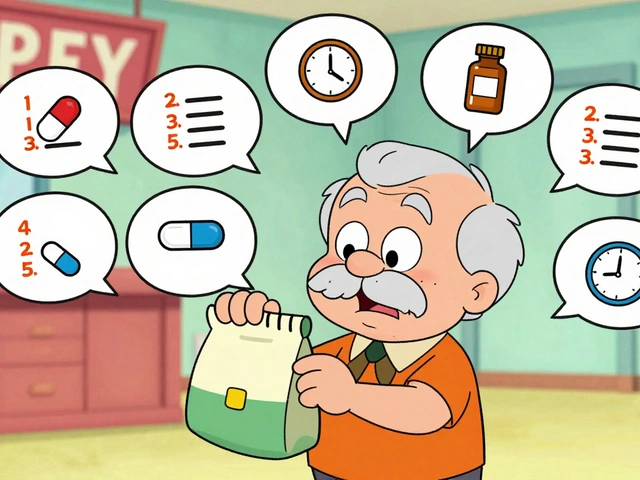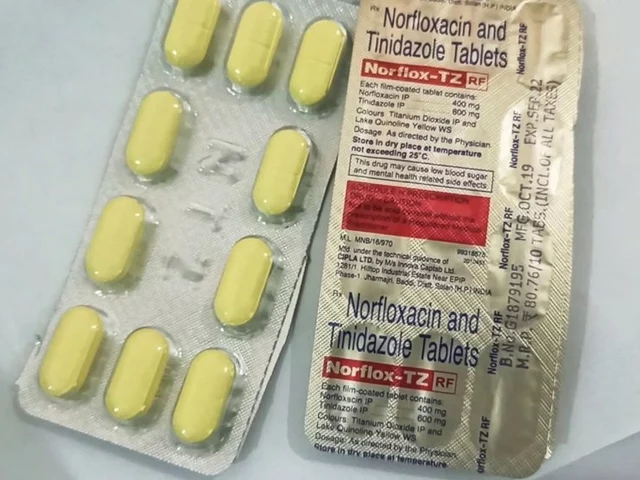Neurontin alternatives: 6 effective options for neuropathic pain (Oct 2024)
Nerve pain can be relentless and Neurontin (gabapentin) does not work for everyone. If you need other options, here are six medicines to discuss with your doctor. I list what each does, common side effects, and which patients usually benefit most.
Top picks and what to expect
Pregabalin: A close cousin to gabapentin that often lowers nerve pain faster. Many patients report clearer relief with pregabalin, but it can cause dizziness, sleepiness, and weight gain. It also has stronger costs and insurance limits for some people.
Duloxetine: An antidepressant that also eases nerve pain, especially from diabetic neuropathy. It helps mood and pain at the same time for some people. Expect possible nausea, dry mouth, and tiredness. Avoid sudden stopping and check interactions if you take other antidepressants.
Amitriptyline: A low dose of this older antidepressant helps sleep and pain. It is cheap and widely used for tingling and burning sensations. Side effects include dry mouth, constipation, blurry vision, and drowsiness, so take it at night and start low.
Nortriptyline: Similar to amitriptyline but gentler on drowsiness for some patients. It can work when amitriptyline causes too much sedation. Watch for heart rhythm effects and discuss heart checks with your clinician if you are older.
Carbamazepine: Often chosen for shooting, electric shock–like pain such as trigeminal neuralgia. It can be very effective but requires blood tests and monitoring for rare blood or liver problems. Tell your provider about other medications to avoid dangerous interactions.
Topical options: Lidocaine patches and capsaicin cream work locally without systemic side effects. They suit people with localized nerve pain and are safe to pair with pills. Patches are simple; capsaicin can burn briefly before it eases pain.
How to pick the right option
Think about your pain type, other health conditions, and side effects you can tolerate. If you have depression or anxiety, duloxetine may help both. If your pain is focal, try topical treatments first. For sudden electric shocks, consider carbamazepine. Pregabalin may be the best choice when gabapentin is not enough.
Start low and increase slowly. Many of these drugs need gradual dose changes to reduce side effects. Keep a pain diary for two to four weeks after any change so you and your clinician can judge benefit. If side effects outweigh gains, stop and try an alternative.
Always talk with a prescriber before switching or starting medicines. They can check interactions, adjust doses, and arrange necessary tests. If you want, use this list to guide that conversation and make a safer plan for your nerve pain.
Common tips: carry a list of current medicines for every visit; report any rash, fever, or new confusion right away; ask about cost and generic options; and allow four to eight weeks to judge a new treatment.
If side effects occur, document timing and severity and call your clinic for tailored advice instead of guessing.
Your doctor can help find the safest choice. Start small now.





